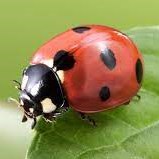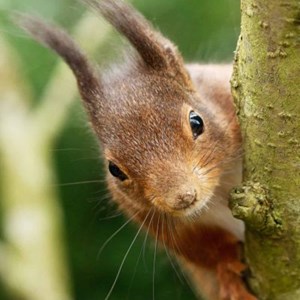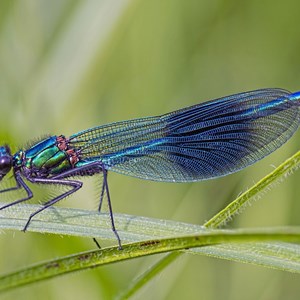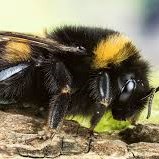NatureSpot
Fleckney Parish now has its own feature pages on the Leicestershire and Rutland NatureSpot website. If you haven’t visited the NatureSpot website yet, you are missing out on what has rapidly become the most popular resource for identifying local wildlife. NatureSpot provides a photographic guide to over 7,000 species – all found in Leicestershire and Rutland. In addition, the website invites the public to submit sightings of all wildlife seen – helping to build a picture of what lives where in the two counties.
The website is feature-packed, including pages that highlight the wildlife of parishes. Fleckney Parish is one of these featured parishes. Here you can see a list of all the recent wildlife sightings plus images submitted with these records.
NatureSpot was set up in 2011 and is run by volunteers. All the images have been taken in Leicestershire and Rutland by the public and it is a great example of citizen science in action. Every species has its own page, with photos, descriptions, ID tips and where and when to see it. It also describes how common or rare it is, both in Leicestershire and in the UK as a whole, with live maps showing every sighting. As you add a sighting, a new dot appears on the map. It also keeps track of all your submitted records, allowing you to sort, filter and download any aspect of your list.
Thousands of local people have contributed; with numbers growing every month, and even more visit the website to view what’s been seen and to use the wildlife galleries help identify species they’ve seen. Monthly visits exceed 100,000 per month. The data collected is put to good use and is shared with local and national recording schemes, as well as managers of nature reserves and other sites of wildlife importance. The data helps to inform decision-making about how best to manage land for conservation.
Anyone can submit a wildlife record and the website makes this really easy. Common species are just as important to record as rare species in order to monitor changes in population and distribution over time. Gardens are one of the best places to start your wildlife recording, as well as local parks and open spaces. What visits your bird feeders? Do you see butterflies in the garden? Do you have a pond with frogs? Register with the website and start to record straight away. The form even has a map that you simply click to fill in the grid reference. You can attach a photo to your record if you have one, but this isn’t a requirement. Photos are however a great way to provide evidence of your sightings and can also be emailed to NatureSpot for identification help if you are not sure.
Occasionally species turn up that have not been recorded on NatureSpot before and these are then added to the library and given a new species page. Indeed there have been a significant number of new species seen that are completely new to Leicestershire. So how many more species are there to be found? The truth is that no-one knows and in any case the picture changes all the time with some species expanding their range and others declining. Some of the most commonly recorded species are Little Egrets, Red Kites and Harlequin Ladybirds that would have been very rare sightings just 10 years ago.
The website also has pages highlighting many of the county’s nature reserves, country parks and other significant ‘wild places’, there is a NatureChat forum to exchange views with other visitors – and a new ‘Explore’ feature – an interactive map where you can see a map of your own records or those for a species or a locality that you choose. If you have an interest in wildlife you will enjoy NatureSpot – and why not make your own contribution to science and conservation by submitting records of your own wildlife sightings?
To visit the Fleckney Parish page go to www.naturespot.org.uk/Fleckney







